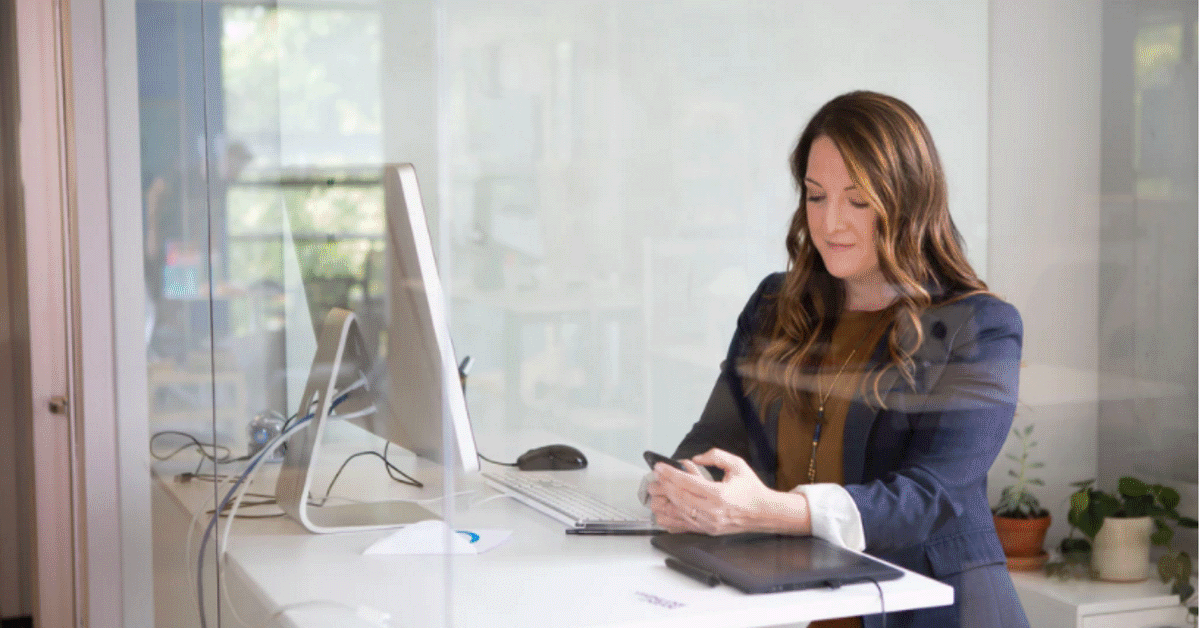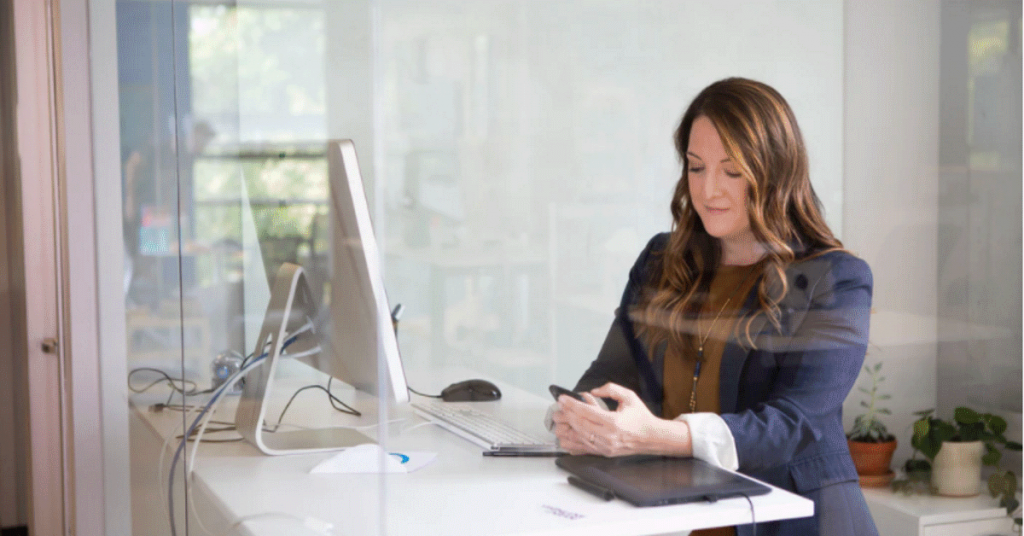PF/EPF is one of the most recognised social security programs supervised by the Government and administered by a statutory body-Employees’ Provident Fund Organisation.
Both the employee and employer contribute an equal portion (12%) of their basic pay and dearness allowance every month. The input is accumulated throughout an individual’s career to build a substantial sum of money, 3.67% of the employer’s contribution and 8.33% goes in the Employee Pension Scheme. A large retirement corpus can thus be created, interest rate being 8.65% on PF deposits.
Rules for Withdrawal of PF
PF can be withdrawn after an individual’s retirement subject to rules that allow utilisation of the accumulated sum for emergency purposes.
There are three types of withdrawals –
- PF final settlement.
- PF partial withdrawal.
- Pension withdrawal benefit.
How to prematurely withdraw the sum:
- A PF account holder can withdraw up to 75% of the total amount if he/she has been unemployed for more than 1 month after relinquishing employment. The remaining 25% could be made if the unemployment period stretches over 2 months.
- A withdrawal up to 50% of the total employee’s contribution can be made to pay for their higher education or to bear the education cost of their children after class 10.
- Funds will be transferable after contributing a minimum of 7 years.
- Up to 50% of the employee’s share can be withdrawn to pay for the necessary expenses for a marriage of the individual concerned, or the account holder’s son, daughter, brother, and sister, subject to completion of 7 years of contribution.
- Specially abled account holders can withdraw 6 months basic wage along with DA, or employee share with interest (whichever is less), to pay for the financial burden they might experience to purchase expensive equipment.
- An account holder can also withdraw 6 month’s basic wage and DA, or the employee share along with interest, whichever is less to pay for urgent medical treatments for certain diseases, both self-usage or for immediate family members.
- Individuals can withdraw 36 months of basic wage + dearness allowance, or the total of employee and employer share along with interest to pay their home loan EMIs, subject to a minimum of 10 year’s contribution towards the EPF.
- For premature withdrawal to purchase empty land or prefabricated houses.
Withdrawal limits –
| Contribution towards EPF | Withdrawal limit | Purpose |
|---|---|---|
| 24 month’s basic wage and DA | The accumulated funds from the employee and employer’s share. | To purchase a house, flat, or to construct a residential property. |
| 36 month’s basic wage plus DA | The accumulated funds along with the total interest, whichever is lower. | To purchase or construct a residential property or flat. |
- Withdrawal of 12 month’s basic wage plus DA, as well as the employee’s share with interest (whichever is smaller)can be made for home alteration, improvement, or expansion, for the property owned by the account holder, by his or her spouse, or owned jointly. This can be availed of 2 times, after 5 years of the residential property, and after 10 years from withdrawing the PF amount for the first time.
- Up to 90% of the accumulated funds can be withdrawn after an indivudual reaches 54 years of age or a year before retirement/superannuation.
- In case of the sudden demise of an employee (while he or she is still in service), their nominee/beneficiary can apply for a settlement (Form 20), or a monthly pension (Form 10D).
- The funds can be invested in other high-return or tax saving investment options, like Mutual Funds, if they have surplus funds left after withdrawal.
- Withdrawals are liable for TDS except after minimum 5 years of service they will attract no TDS.

